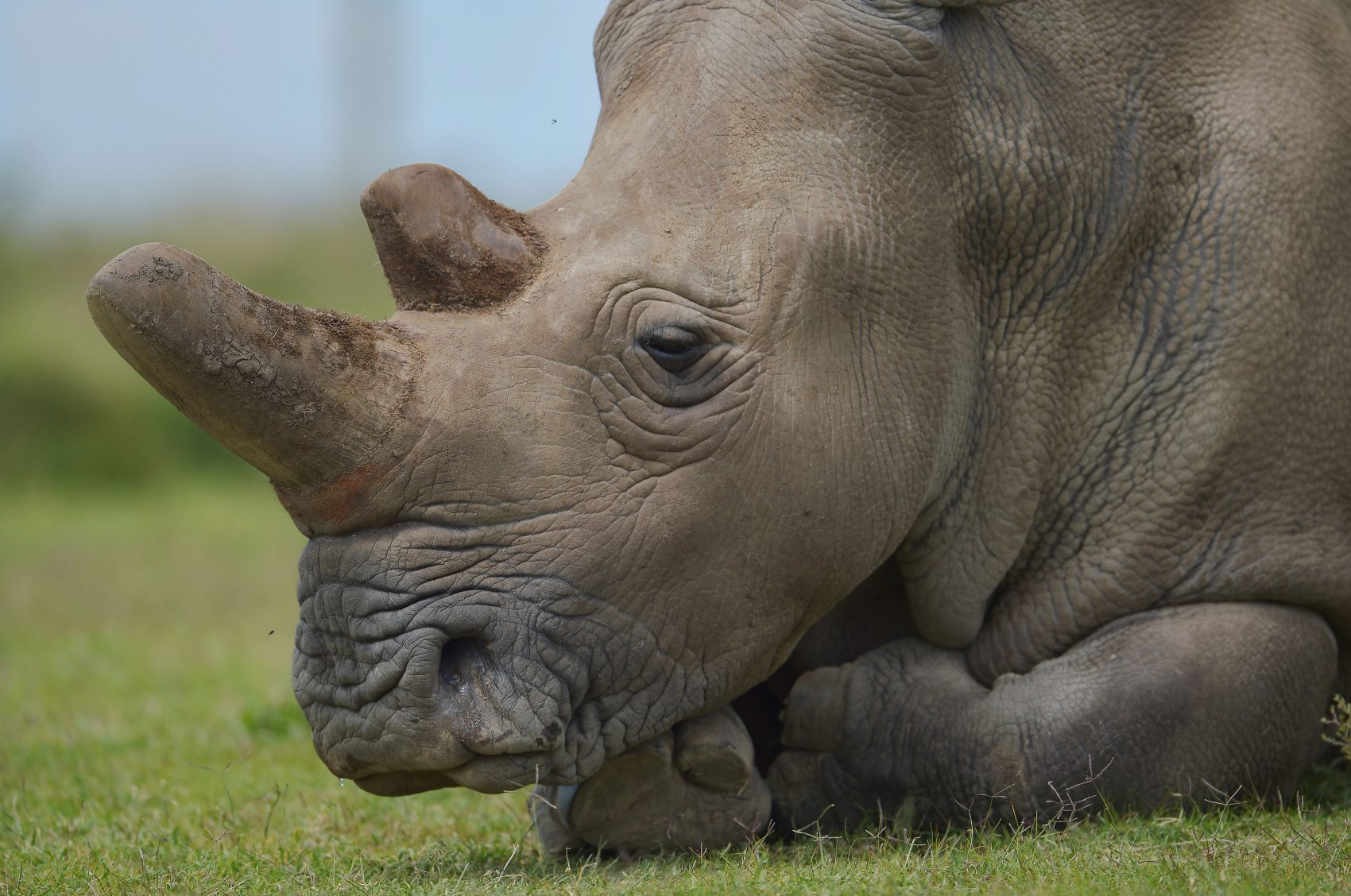NAIROBI, Kenya — In a high-stakes conservation initiative, the Kenya Wildlife Service (KWS) has begun relocating 21 critically endangered black rhinos to the Segera Conservancy in Laikipia County, in a bid to safeguard one of the world’s rarest megafauna species.
The operation, launched earlier this week, involves a coordinated team of veterinarians, conservationists, and security personnel working around the clock to sedate, transport, and monitor the animals as they are introduced to their new habitat.
The black rhino (Diceros bicornis), once widespread across sub-Saharan Africa, has seen its numbers decimated by decades of poaching and habitat loss.
“This relocation is a vital step in expanding the black rhino’s range and securing the genetic diversity of Kenya’s rhino population,” said Dr. Erastus Kanga, the acting director-general of KWS.
“Our goal is to establish viable, well-protected populations in strategic ecosystems.”
The rhinos, some of which were previously housed in Nairobi and Nakuru national parks, were chosen based on age, health, and compatibility to help seed a new breeding population in Segera.
The conservancy, a 50,000-acre private reserve in central Kenya, has invested heavily in security infrastructure and rangeland rehabilitation to support the species.
Kenya is home to just over 900 black rhinos—roughly a third of Africa’s total population—and the government has adopted a bold conservation strategy to increase that number to 2,000 by 2030.
Past relocation efforts have faced setbacks. In 2018, 11 rhinos died during a botched move to Tsavo East National Park, prompting national outrage and a sharp review of wildlife management protocols. This time, officials say lessons have been learned.
“Every procedure is under strict veterinary oversight, with constant monitoring before, during, and after the transfer,” said KWS veterinarian Dr. Edwin Wanyonyi. “We are proceeding with caution and care.”
The relocation is backed by several conservation partners, including the African Wildlife Foundation and Space for Giants, who emphasize the urgency of preserving rhinos as both ecological keystones and symbols of Africa’s natural heritage.
“It’s not just about saving a species,” said Segera’s head of conservation, Lydia Muriuki. “It’s about restoring ecosystems, supporting rural economies, and showing that wildlife conservation and development can coexist.”
For now, the rhinos are adapting to their new surroundings under 24-hour surveillance. If successful, the project will serve as a blueprint for further relocations across the region.
Kenya, once a battleground in the war against poaching, now stands as a leading example of conservation recovery—one rhino at a time.





